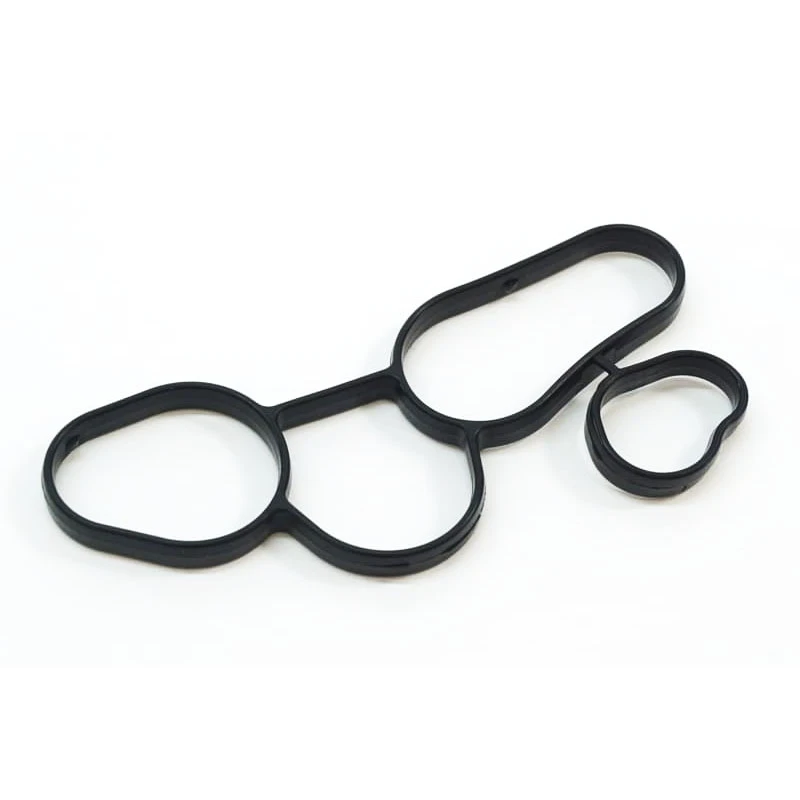Maintenance Tips for M16 Sump Plug Replacement and Care
Understanding the M16 Sump Plug Importance and Maintenance
The M16 sump plug, an essential component in automotive and mechanical systems, plays a crucial role in the overall functionality and maintenance of vehicles and machinery. Sump plugs are typically used in oil sumps, transmission cases, and other similar environments, where they serve to keep the lubricant contained while allowing for timely oil changes and maintenance tasks. Understanding the significance of the M16 sump plug and its proper care can enhance a vehicle's lifespan, performance, and reliability.
What is the M16 Sump Plug?
The M16 sump plug is a bolt or plug with a specific diameter and thread (M16 refers to a metric size of 16 mm). It is commonly utilized in various types of vehicles, heavy machinery, and industrial equipment. The primary function of the sump plug is to seal the oil sump, preventing any leaks and ensuring that the oil remains contained within the system. This is essential for maintaining adequate lubrication of engine components, which prevents friction and wear.
Importance of the Sump Plug
1. Preventing Oil Leaks The M16 sump plug is vital for creating a tight seal. A well-functioning sump plug keeps the oil contained, thereby preventing leaks that can lead to a decrease in oil levels and subsequently damaging the engine or machinery.
2. Facilitating Oil Changes Regular oil changes are integral to vehicle maintenance. The sump plug allows for easy draining of used oil, making the process more efficient. A reliable plug ensures that the oil can be expelled without any difficulties.
3. Maintaining Proper Pressure A properly sealed sump plug helps maintain the necessary pressure within the oil system. This is crucial for the effective circulation of oil throughout the engine, ensuring that all moving parts receive adequate lubrication.
4. Reducing Contaminants A well-fitted sump plug can also reduce the ingress of dirt and contaminants into the oil system, which could otherwise compromise the oil’s integrity and the performance of the engine.
m16 sump plug

Maintenance Tips for the M16 Sump Plug
To ensure the M16 sump plug operates effectively, regular inspection and maintenance are required
1. Check for Tightness Regularly inspect the sump plug to ensure it is adequately tightened. Vibration from the engine can sometimes loosen fittings, which may lead to leaks.
2. Inspect for Damage Examine the sump plug for any signs of wear or damage. Cracks, stripped threads, or deformation can compromise its sealing ability. If damage is detected, the plug should be replaced immediately.
3. Use Appropriate Sealants When re-installing the sump plug, consider using a suitable sealant or gasket to create a better seal. This can be particularly important in high-performance applications where oil pressures are elevated.
4. Regularly Change Oil Adhere to a routine oil change schedule as recommended by the vehicle manufacturer. This not only prolongs the life of the engine but also offers an opportunity to inspect the sump plug and change it if needed.
5. Monitor Oil Levels Keep an eye on oil levels. A sudden drop can indicate a problem, and inspecting the sump plug and surrounding areas can often reveal the source of an oil leak.
Conclusion
The M16 sump plug, while seemingly a minor component, plays a significant role in the overall health and efficiency of automotive and mechanical systems. Understanding its function and maintaining it properly can lead to improved performance and longevity of vehicles and machinery. Regular inspections, timely replacements, and adherence to oil change schedules are necessary for ensuring that the sump plug continues to perform its crucial duties effectively. By prioritizing the maintenance of this small yet vital component, vehicle owners can prevent larger issues down the road, ensuring that their machines operate smoothly for years to come.
-
The Ultimate Guide to Car Repair Kits: Tools and Essentials Every Driver Should Own
News Aug.01,2025
-
The Complete Guide to Oil Pan Gaskets: Sealing Engine Leaks the Right Way
News Aug.01,2025
-
Preventing Oil Leaks: A Complete Guide to Oil Pan Gaskets and Drain Seals
News Aug.01,2025
-
Everything You Need to Know About Oil Pan Gaskets and Drain Plug Seals
News Aug.01,2025
-
Essential for Car Owners: How to Use a Car Repair Kit to Deal with Minor Breakdown
News Aug.01,2025
-
Comprehensive Guide to Engine Oil Sump Gaskets and Related Seals
News Aug.01,2025
-
The Ultimate Guide to Boat Propeller Bearings and Trailer Wheel Bearings
News Jul.31,2025
Products categories















